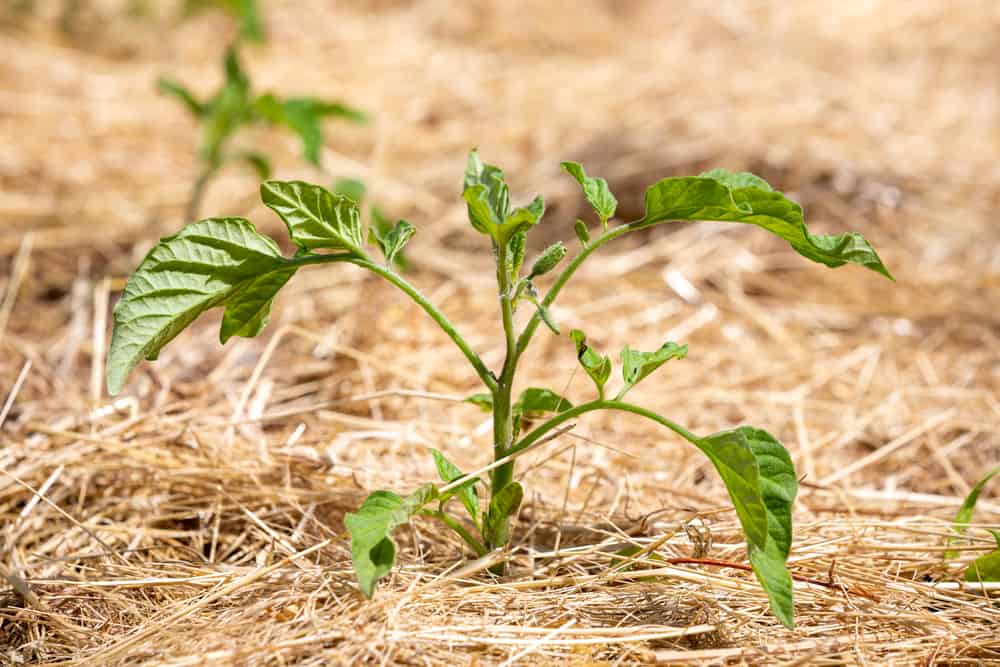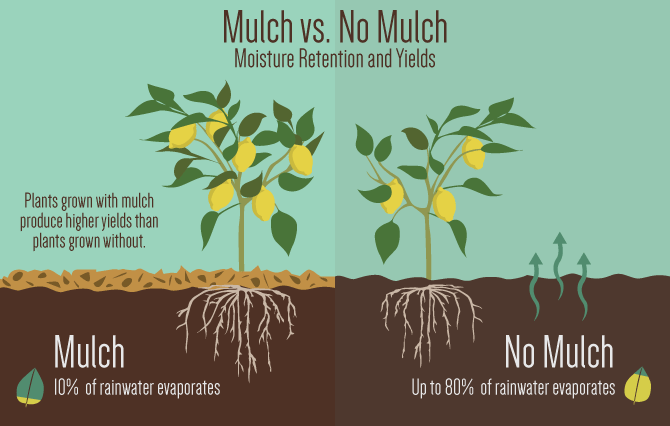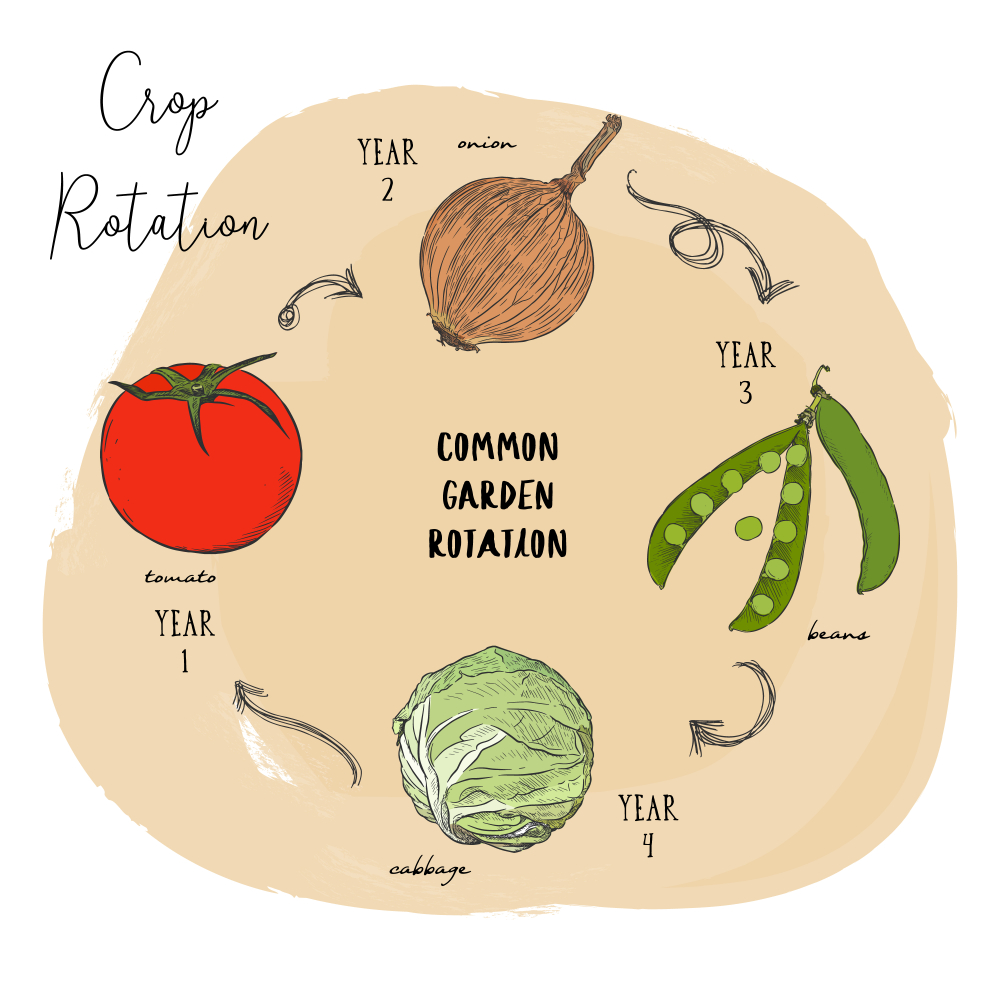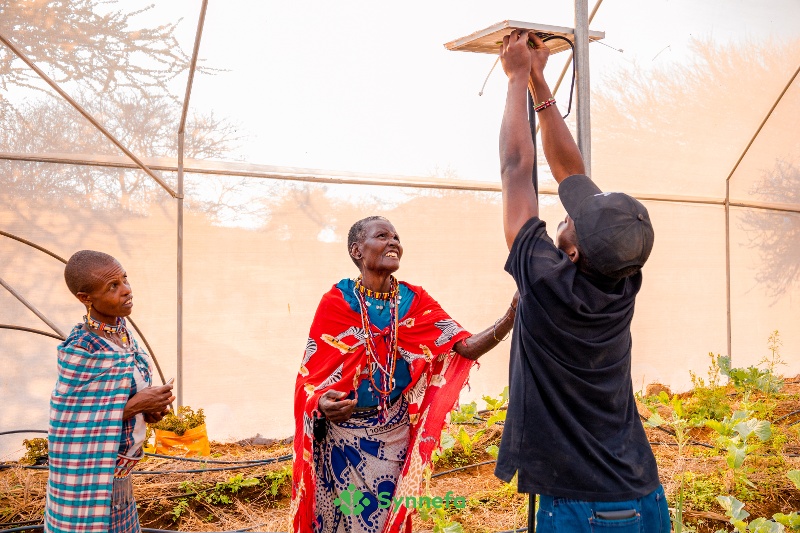3 Reasons why farmers should adopt sustainable farming for food security

Conservation Agriculture is a farming system that promotes minimum soil disturbance. This approach is sustainable for soil health and food security. Mulching is an example of sustainable farming where the soil is protected from harsh weather conditions.

Feeding the increasing global population, which is projected to reach 10 billion by 2050 is by no chance a child's play. There has been increasing demands for more improved or sustainable agricultural management practices that can be followed by farmers to improve productivity without jeopardizing the environment and ecosystem.
By 2022, the world population was at 8 billion.

Indeed, about 95% of our food directly or indirectly comes from soil. It is a precious resource, and sustainable soil management is a critical socio–economic and environmental issue. Maintaining environmental sustainability while the world is facing resource degradation, increasing climate change and population explosion is the current challenge of every food production sector. Thus, there is an urgent need to evolve a holistic approach such as conservation agriculture to sustain higher crop productivity in the country without deteriorating soil health.
Increases in human populations and the emerging challenges of climate change mean that the world's agricultural systems will need to produce more food in an environment that is increasingly variable and where the quality of our natural resource base is declining. The soil is the foundation of our food system, and the future of agriculture and conservation depends on it.
Conservation agriculture has 3 basic principles:
- Disturb the soil as little as possible. The ideal is to plant directly into the soil, without hoeing or ploughing. Tillage is reduced to ripping planting lines or making holes for planting with a hoe.
- Keep the soil covered as much as possible. Mulch, special cover crops and/or crop residues left on the field protect the soil from erosion and limit weed growth throughout the year. This is opposed to conventional farming practices, whereby farmers remove, burn crop residues or mix them into the soil with a plough or hoe. As a consequence, the soil is left bare, so it is easily washed away by rain, or is blown away by the wind.

- Mix and rotate crops. Planting of the same crop each season - as sometimes practiced in conventional farming is minimized by planting the right mix of crops in the same field, and rotating crops from season to season. This allows a breakdown of survival and multiplication cycles of pests, diseases and weeds resulting in higher yields and maintenance of soil fertility.

To gain the full benefit of conservation agriculture, all three principles have to be applied at the same time. This ideal is not possible everywhere, but farmers should try to go into that direction as far as possible.
3 Reasons to why farmers should adopt conservation agriculture:
1. To improve your yields
Unlike the rest of the developing world, crop production in Africa is not keeping pace with population growth. Yields in many areas are actually falling. A major cause of this is declining soil fertility, often caused by the way of farming.
The rising population has forced farmers to abandon traditional practices that left the land fallow for several years, and to cultivate ever-smaller plots. Intensive tiling and ploughing year after year can produce a hardpan in the soil. That restricts root growth and stunts plants.
Rainwater pounds the bare soil, forming a surface crust that the water cannot penetrate. It runs off, taking the valuable topsoil with it. Erosion in some places is so severe that there is little soil left.
To get a good yield, farmers often apply more and more fertilizer which have also destroyed the soil due to too much chemicals in the soil that have killed important soil micro-organisms. Additionally, bare soils cause less moisture in the soil. Hence, plants are more vulnerable to drought. To reverse the situation, farmers should practice conservation agriculture.

The picture above shows mulched soil verses no mulched soil.
Conservation agriculture encourages more yields. This is possible because the approach prevents hardpans from forming, protects the soil, increases soil moisture, and restores soil fertility, so stabilizing yields and improving production over the long term.
2. To reduce your production costs
Tilling the soil is expensive. Fuel and fertilizer prices and labour costs rise continuously, while market prices of farm products have fallen. Many farmers cannot recoup their production costs by selling what they produce, so they end up making a loss.
Conservation agriculture helps these farmers cut costs while increasing their yields.
3. To overcome shortages of labour and farm power
Many farm households suffer from a severe lack of labour and farm power due to the many alternatives available today, young people are moving out, and this creates a severe labour shortage. A lack of farm power forces farmers to look for other ways to farm.
Conservation agriculture is a farming technique that aims to conserve and protect the soil by using crop rotation, terracing, and other agricultural practices. It is an alternative to conventional farming methods that rely on heavy use of chemical fertilizers, pesticides and tilling the soil, but when farmers are not taught well about its importance, then the gains are reversed.

With mulching, there's no need for farmers to till the land throughout the season.
The main challenges for conservation agriculture are:
1) Lack of knowledge - Most farmers are not aware of conservation agriculture techniques. This means they will continue to use their old ways of farming which will lead to degradation of soil quality.
2) Lack of awareness - Conservation agriculture techniques are not practiced by most farmers because they don't know about them or how they work. This leads to the degradation of soils as it is not a common practice.
The soil is a complex ecosystem that provides us with many benefits. It helps plants grow and provides a habitat for animals. It also stores carbon, which helps regulate the climate. But today, we are losing this essential resource at an alarming rate - because of erosion, pollution, overgrazing and other reasons. This has led to an increased risk for famine in some parts of the world. We need to change our ways if we want to have a sustainable future!
Conclusion
The future of agriculture and conservation is looking bright. With the help of technology, we are able to make better use of the land and preserve it for future generations.
We can now produce more food with less resources, which means that we will be able to feed more people while using fewer resources. And because we are using less resources, we are also helping in the fight against climate change.

Synnefa is at the fore front to educate farmers on soil conservation practises that will help them get more yields and reduce farm labour now that most of energetic population of young people are in the cities and depend on farmers in the country side for food.


